Lot’s going on this month in both manned and robotic spaceflight, so let’s get to it.
In manned spaceflight the big news this month was the scheduled crew rotation on the International Space Station (ISS) between Commercial Crew 2 and 3 using Space X’s crew Dragon capsule. It speaks to the efficiency of Space X as a provider of manned access to Low Earth Orbit (LOE) that the media had to look hard for a couple of small problems in order to have something to talk about in what is becoming a routine operation.
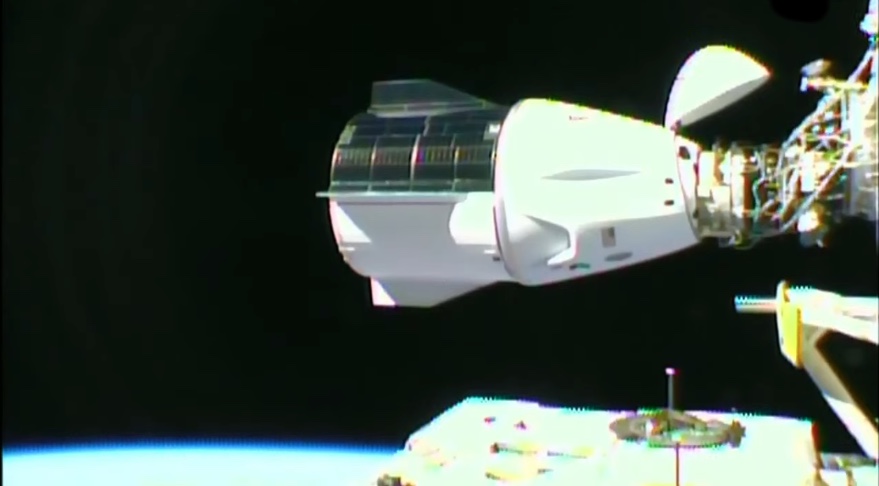
The first problem was simply a bit of bad weather at the Kennedy Launch Center in Florida that caused the takeoff of the Crew 3 mission to be delayed more than a week from its initial date of the 31st of October to the 10th of November. Once the weather cleared however the Falcon 9 rocket, carrying three NASA astronauts and one from the European Union, roared to life shortly after 9PM EST. After a flawless flight of about 22 hours the capsule docked successfully at the ISS where the four astronauts will now spend the next six months. Crew 3 is now the fifth manned mission for the Hawthorn California based Space Corporation who has now sent 18 people into space without any serious problems.
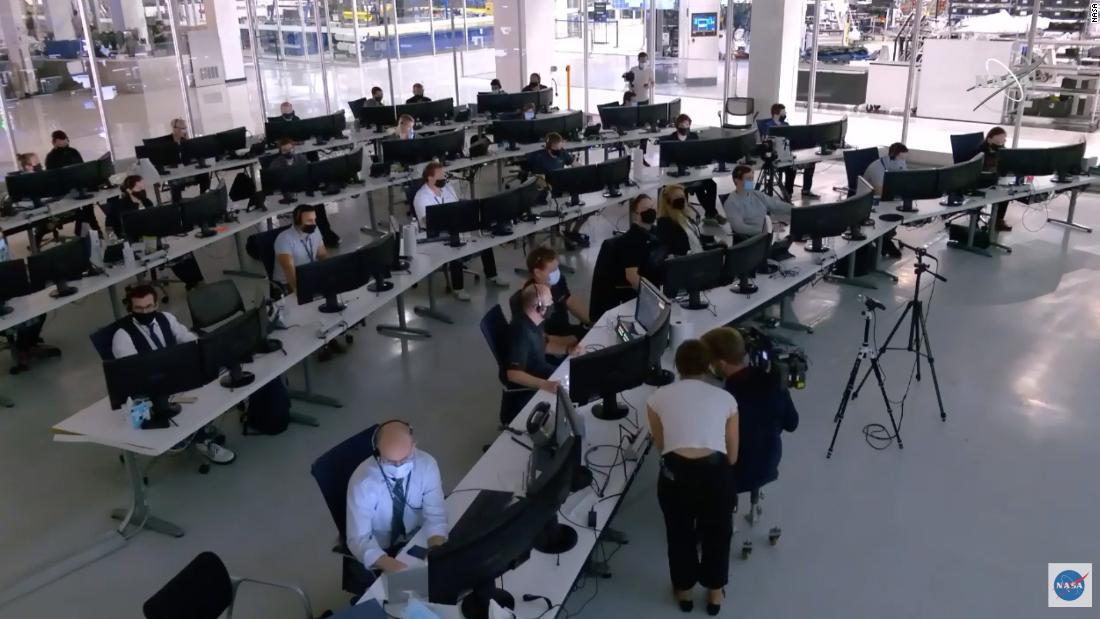
There was also one little problem with the return flight of the Crew 2 mission and the press tried to get some fun out of it. Back in September the Space X Inspiration 4 tourist flight ran into a little difficulty with the Dragon capsule’s toilet, apparently the fan stopped working intermittently and during the three-day mission the toilet leaked a bit of urine. Space X quickly made some modifications to the Crew 3 capsule before it’s flight but the Crew 2 capsule was already in LOE docked at the ISS so when Crew 2 came back to Earth they were ordered to wear diapers during the day long return flight, just in case.
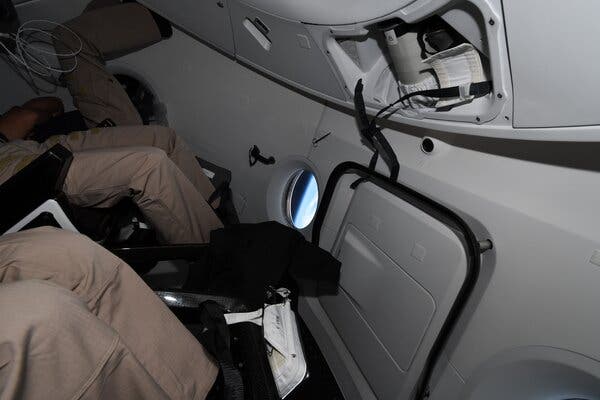
Before you start feeling sorry for the Crew 2 astronauts it’s worth pointing out that back in the early days of spaceflight during the two man Gemini Program the Gemini 7 crew of Frank Borman and Jim Lovell spent a then record 14 days in space without any toilet of any kind. The two astronauts admit that by the time they splashed down they smelled pretty bad. That was the norm for all of the Gemini missions. Even today if an astronaut is going outside for a 6-8 hour EVA they will were a diaper.

But the Crew 2 mission did come to a successful completion at 10:33 PM EST on November 9th. The four astronauts splashed down in the gulf coast of Florida after more than 200 days in orbit. Again, the fact that all the press could find to talk about was a leaky toilet is an indication of just how routine spaceflight into LOE has become.
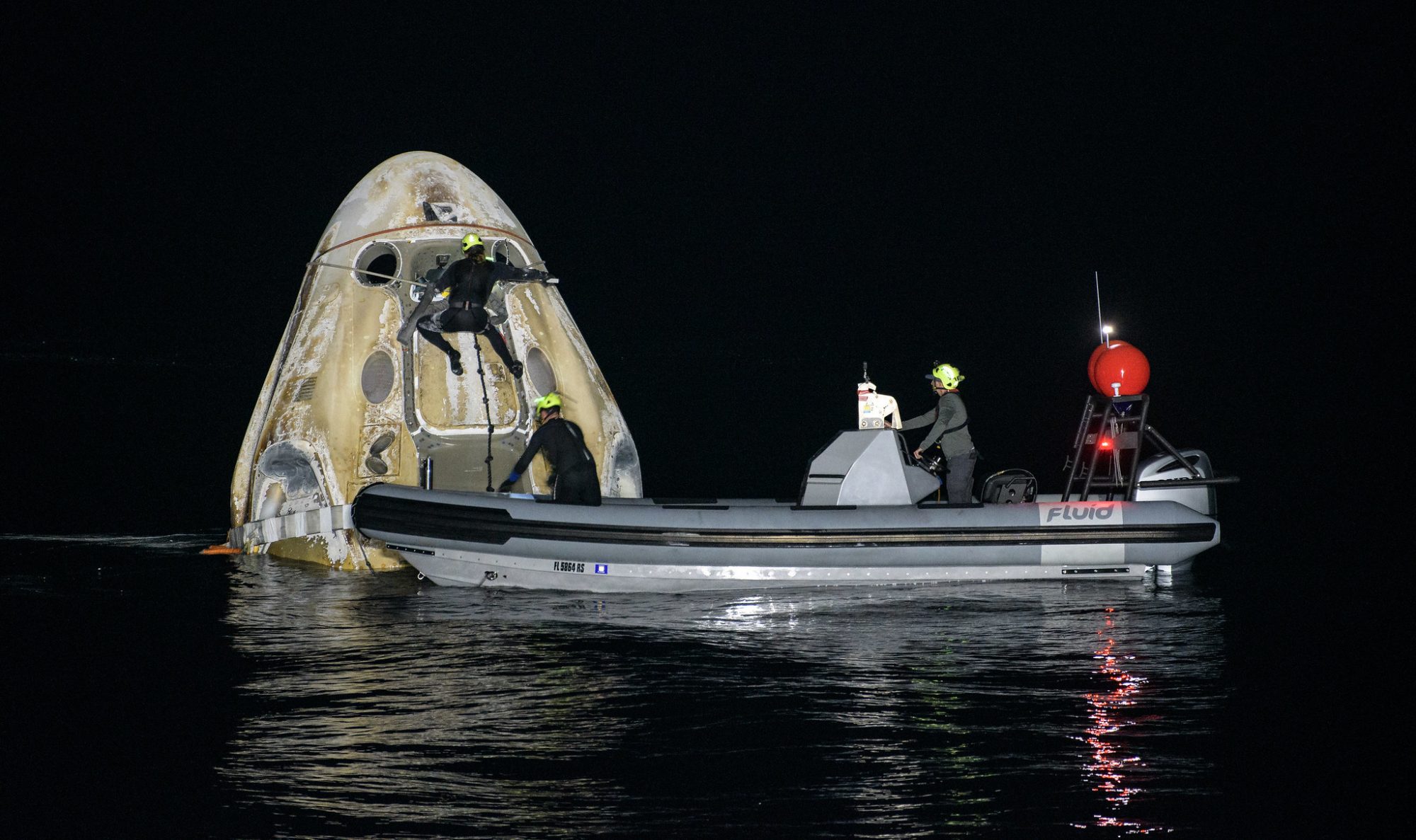
And while the Crew 3 astronauts were settling in to their new home in LOE on Mars the little helicopter that could is still going strong. The Ingenuity helicopter, the first human built aircraft to fly on another planet, has now completed its 13th flight, after only being expected to carry out five. This latest flight lasted a full 160 seconds and according to a space agency spokesman “stands out as one of Ingenuity’s most complicated.”
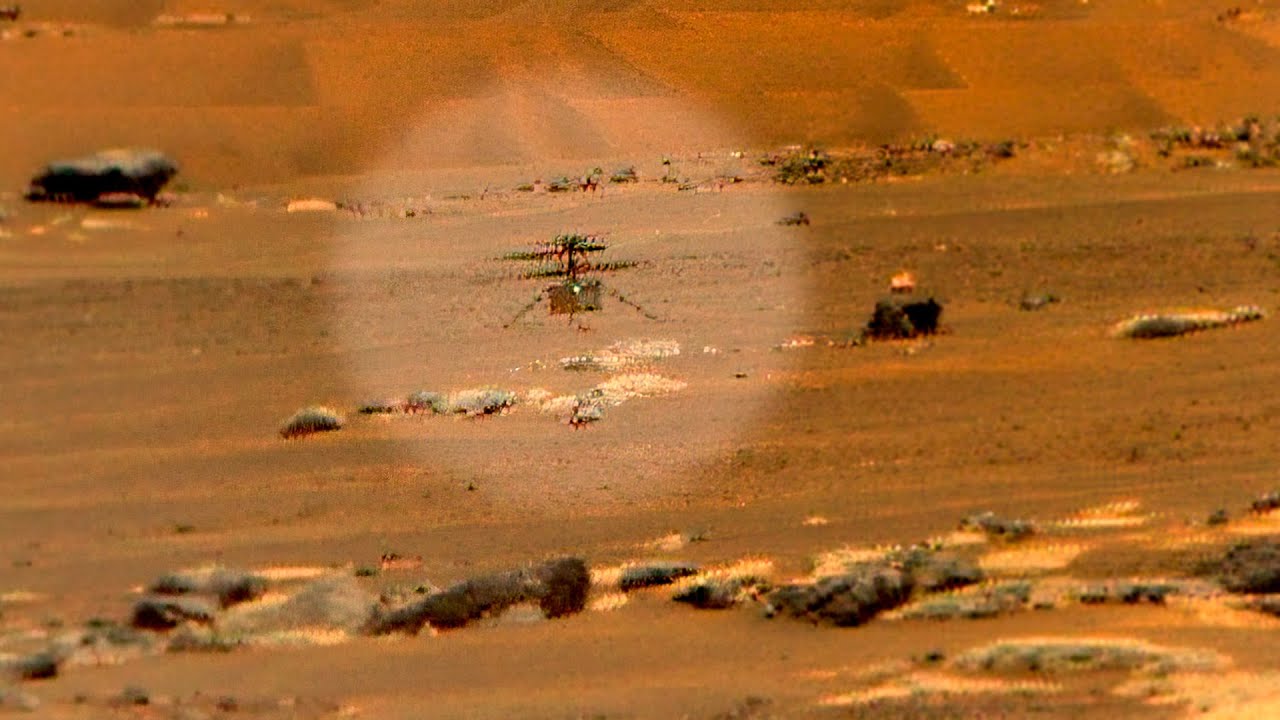
So far the little helicopter has been able to keep up with the Perseverance rover as it treks across Mar’s Jezero crater, the aircraft acting as an aerial scout for the bigger rover. Just how much longer the little helicopter will be able to perform is unknown but Ingenuity has already gone from being just a technical demonstration to an integral part of the Perseverance rover’s mission to explore Mars.
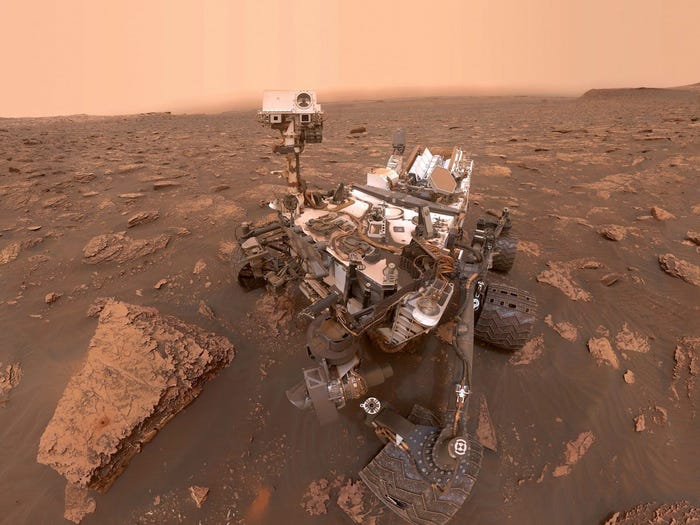
And speaking of technical demonstrations the DART spacecraft was successfully launched aboard a Space X Falcon 9 rocket from Vanderberg Air Force Base in California at 1:20 AM EST on the 24th of November. The DART or Dual Asteroid Redirect Test is a NASA mission designed as a first test for possible techniques to defend our planet against an impact from an asteroid.
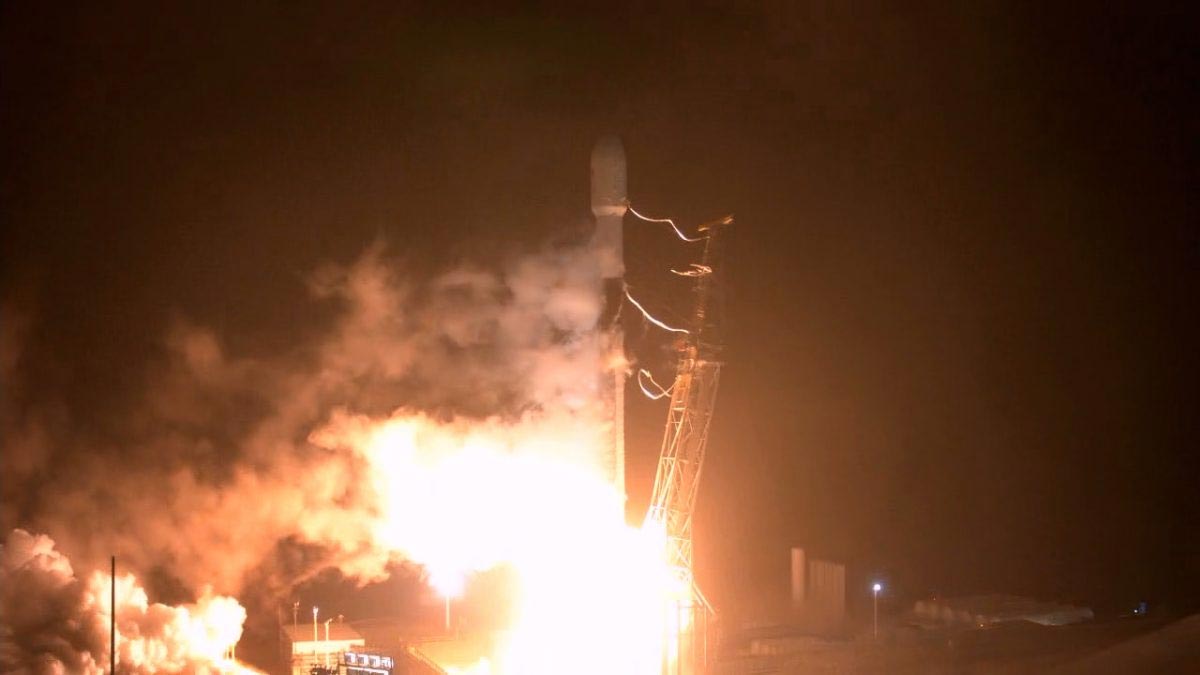
As I discussed in my post of 28th December 2019, the DART spacecraft will travel to the asteroid Didymos, which is orbited by a much smaller asteroid called Dimorphos. The object of the mission is for the DART spacecraft to literally slam into Dimorphos at more than 20,000 kph and hopefully deflect the asteroid’s orbit enough to be observed by Earth based telescopes.
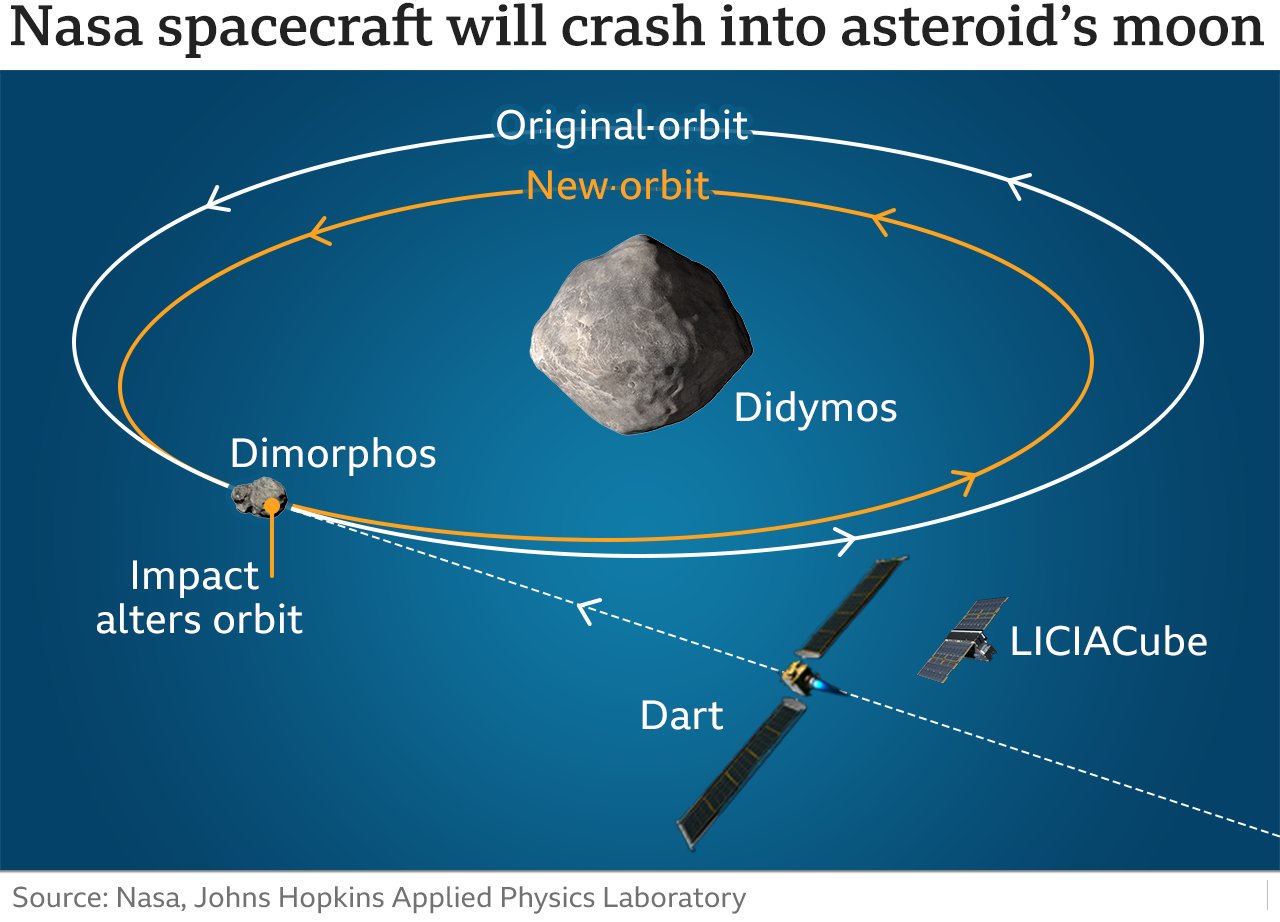
The impact is currently scheduled to take place in late 2022 although determining just how much the smaller asteroid’s path has been changed by the collision may take years to measure. NASA is presently tracking some 2200 asteroid’s that could potentially strike the Earth so that hopefully if any of them are headed our way we would have many years warning. In that case only a minute change in the asteroid’s velocity, years before a collision, would be enough to make it pass by our planet harmlessly.
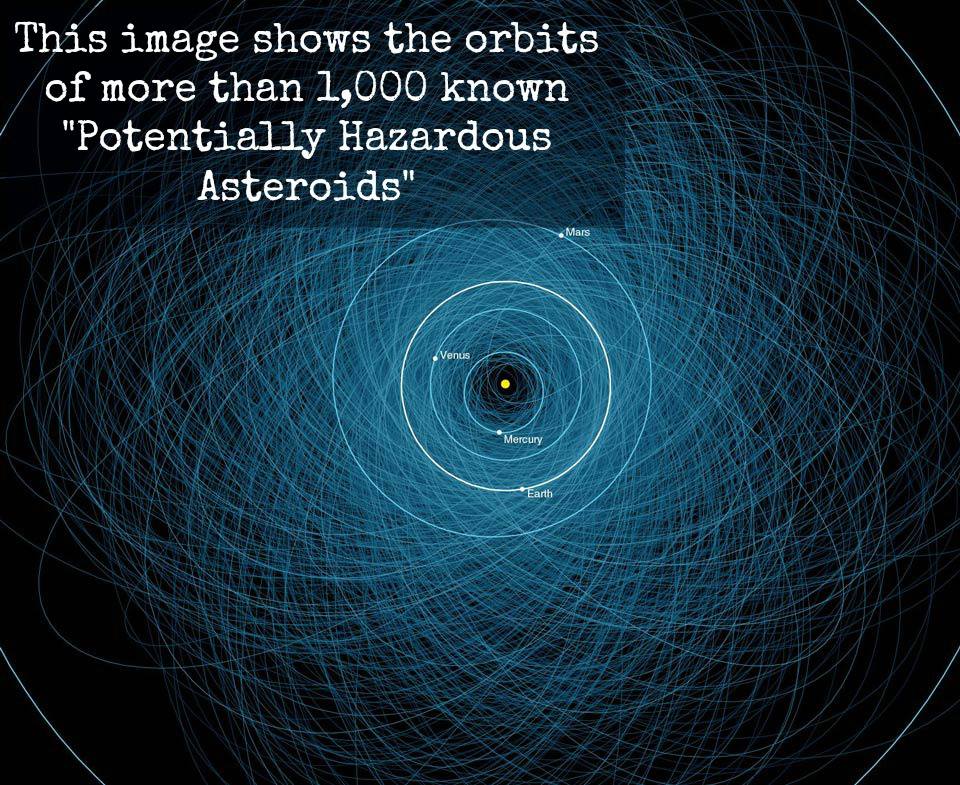
Finally, the results of yet another demonstration test by a spacecraft in LOE have been published and in the long run it could prove to be more important that Ingenuity or DART. Last year, in November 2020 a 20kg CubeSat designated NPT30-I2 was placed into orbit. Built by a small aerospace company named ThrustMe the satellite was designed as a test bed for a new design of Ion Propulsion Engine that uses the element Iodine as it fuel.
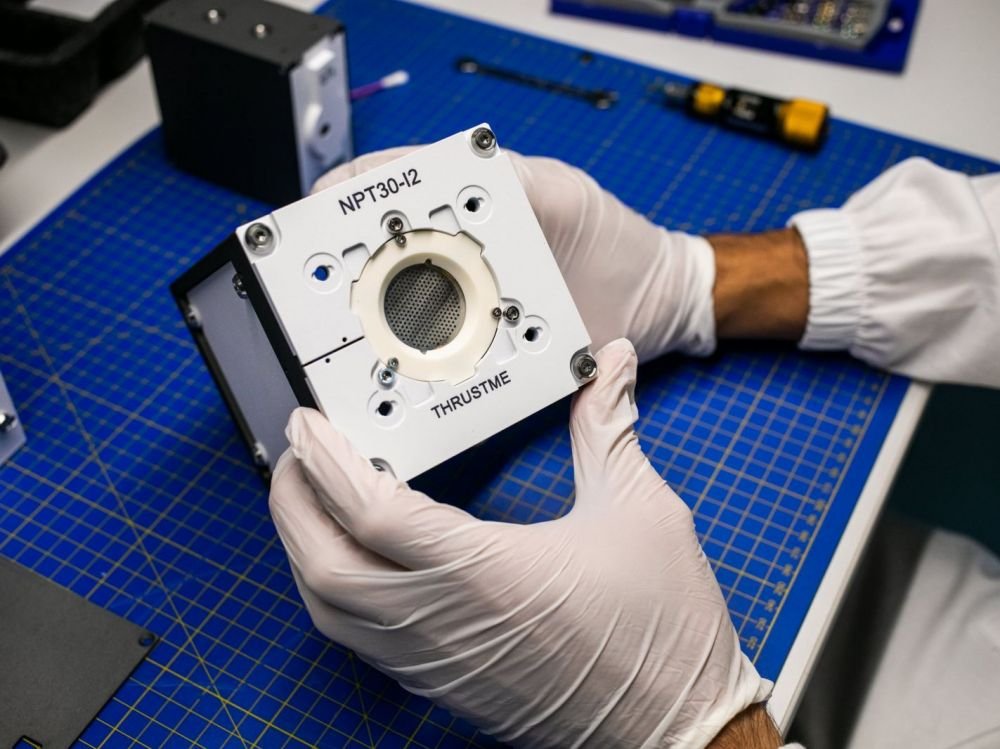
All previous ion rocket engines, whether used in interplanetary probes such as NASA’s Dawn mission or Japan’s Hayabusa, or as station keeping thrusters for satellites in Earth orbit have employed Xenon gas as their fuel because Xenon is both easy to ionize and since Xenon has a heavy nucleus you get a good push from the gas. But Xenon gas is hard to contain, requiring heavy pressure vessels to store so scientists have been searching for a better fuel. Iodine has many of the same characteristics as Xenon, but it can be stored as a solid, greatly reducing the necessary weight and Iodine is significantly less expensive than Xenon as well.
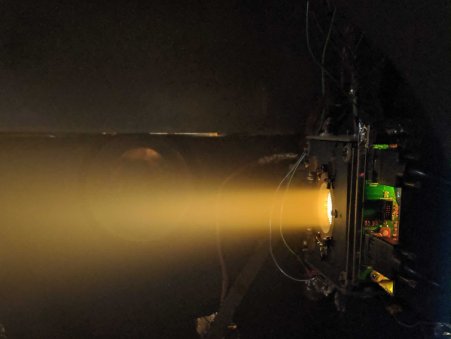
The data published in the journal Nature clearly shows that NPT30-I2 performed well, carrying out its ordered maneuvers with greater efficiency than a comparable Xenon ion thruster. Iodine has its problems as well however; it can be very corrosive so a ceramic container is required to keep it from damaging other equipment. Also, since the Iodine must be converted into a gas before it can be ionized the thruster is not as responsive as one using Xenon as a fuel.
With each new demonstration that shows promise, and with each success of new technology our ability to live and work in space grows.
